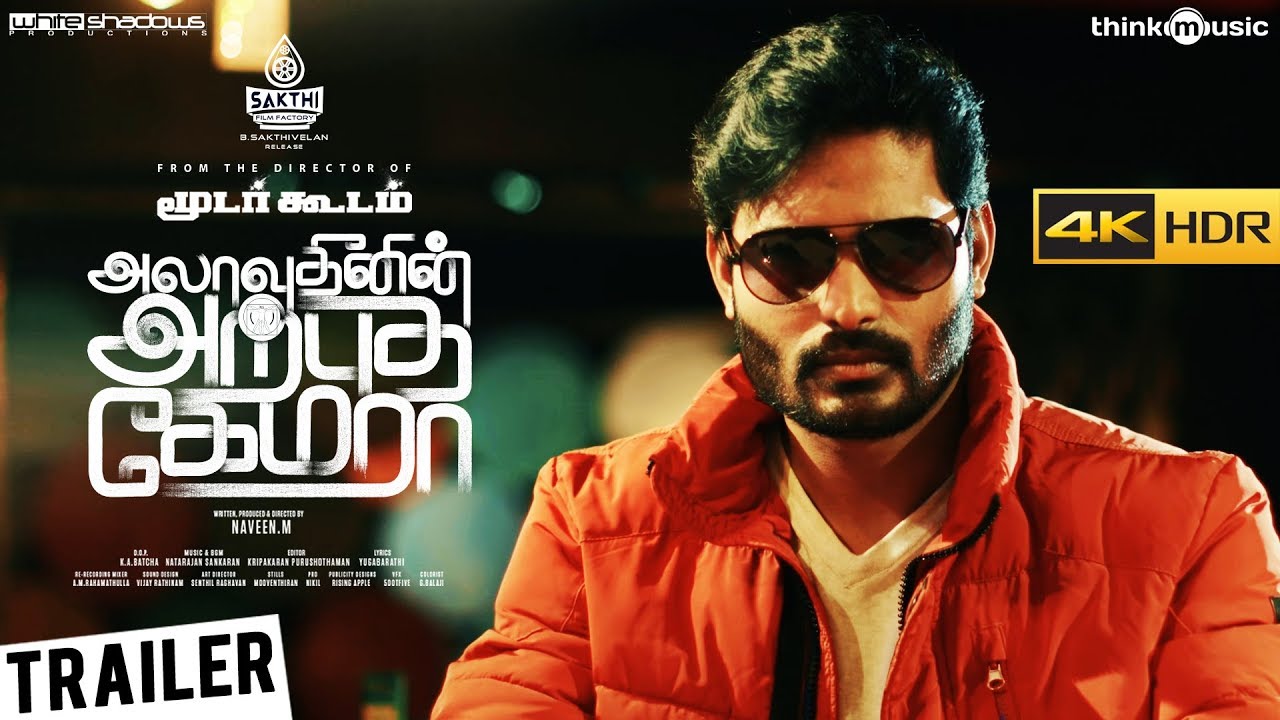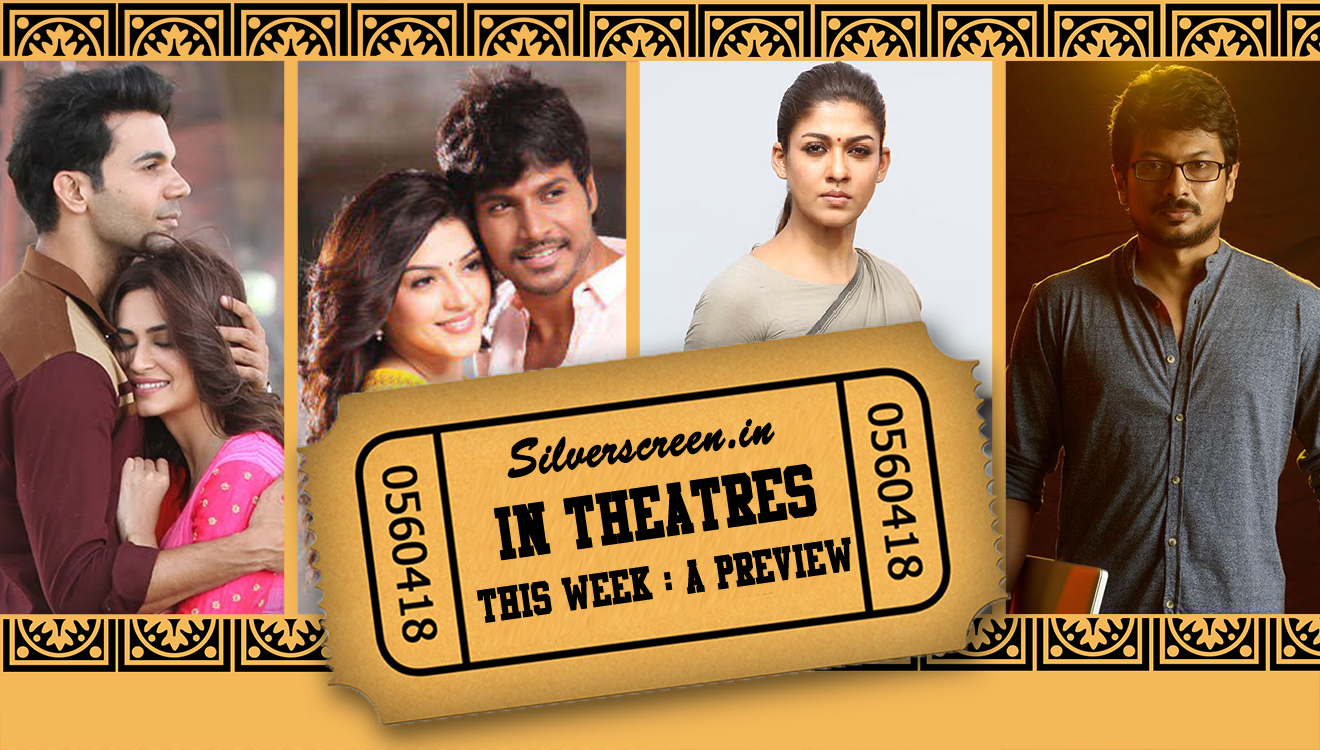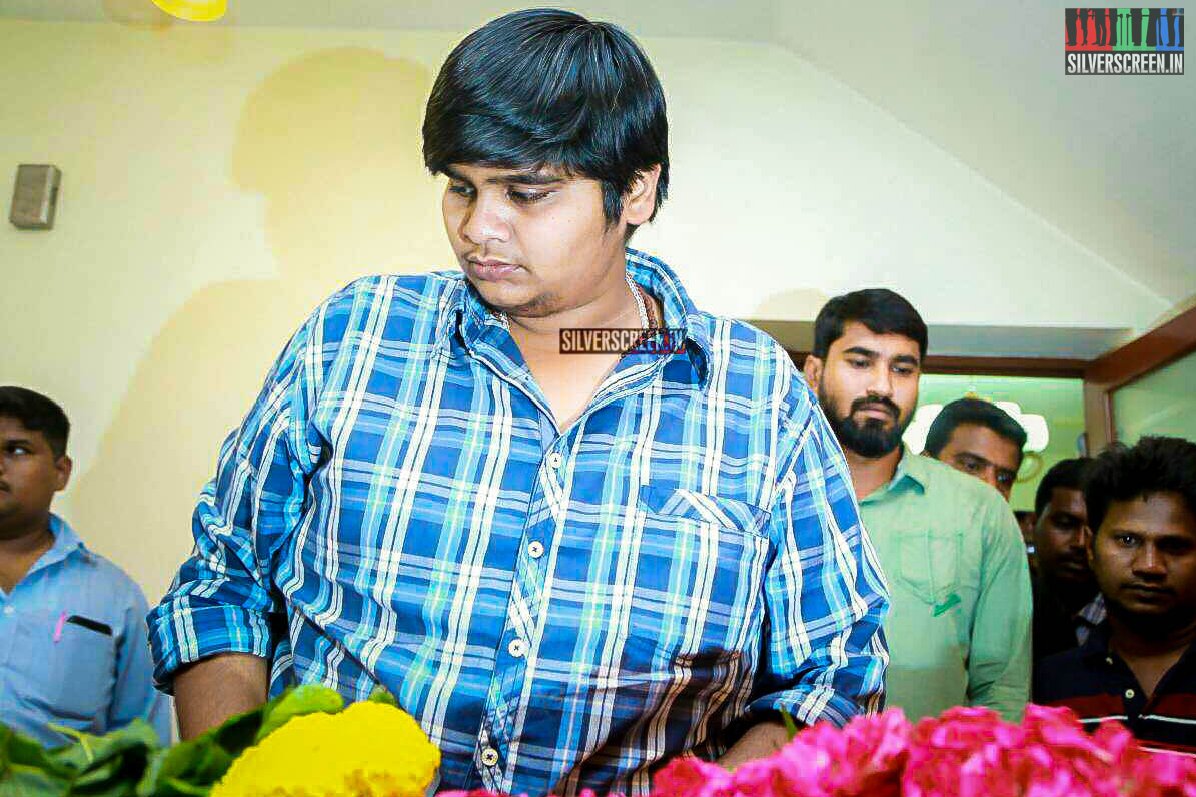Directors: Sudha Kongara, Vignesh Shivan, Gautham Vasudev Menon and Vetri Maaran
Cast: Kalidas Jayaram, Shantanu Bhagyaraj, Kalki Koechlin, Angelina Abraham, Simran, Sai Pallavi, Hari
Paava Kadhaigal, the Tamil anthology film Netflix announced long before pandemic struck in 2020 is finally out and gives us four tales of sins from four filmmakers – Sudha Kongara, Vignesh Shivan, Gautham Vasudev Menon and Vetri Maaran. While the thematic elements are apparent, the filmmakers also bring their distinct personality to the mix, their pet stylistic choices and characters that attract them in the stories they’ve chosen to tell.
There also seems a uniformity in the aesthetics of the four films. For example, in almost every story, we see interiors of homes with pictures of ancestors from immediate generations and beyond. Its title design features a Hindu temple, and the opening credits is a flipbook of a Hindu girl’s life from foetus to adult life, alternating between a village upbringing and a city upbringing. The film has its target locked and marked, and rightly so.
Thangam: If it is Sudha Kongara, there must be an underdog. In Thangam, Sathaar (Kalidas Jayaram) is an underdog among underdogs, a trans woman who has made peace with the transition while the village thinks him as more than a menace to the society. A village in Kovai district, the film is set in 1981. We hear Ilaiyaraaja out of a creaky radio with a tuner dial, something that establishes the time period better than the year and place text on screen. As SPB goes Azhago Azhagu from Johnny, the village’s laughing stock and frivolous rabble rouser Sathaar cozies up to her childhood friend Saravanan (Shantanu Bhagyaraj) whom she refers to lovingly as Thangam. They share a special bond, Thangam the odd one out in the entire village to never demonise Sathaar and Sathaar having feelings for Thangam that indicate more than just friendship. But Sathaar is one to follow the adage that if you love someone, let them go. Thangam confesses his love for Sathaar’s sister Sahira and while this breaks her heart a little, Sathaar moves on to help their romance bloom. There are lighter moments, like Sathaar referring to her own sister as a witch and the very next instance, complementing her beauty. The choice of song isn’t random either. Like Johnny, here are two figures at odds with their desire, one is privileged to an extent while the other is shunned by society. In the end, it is no surprise that the latter is one who must bear the burden of sacrifice. Thangam is made of blues and sunlit whites, the Muslim demographic of the town sparkling in several portions. The film deals with multiple fault lines as there is a caste Hindu and Muslim romance and a trans woman and cis-het man romance, both at odds with the larger society.
Love Panna Uttranum: If it is Vignesh Shivan, there must be something campy. How do you make something campy when your core issue is caste-based killings? Kalki Koechlin chewing and spitting Thirukural could be a start. With a film for Netflix, Vignesh Shivan is like a kid in a candy store. He has a lesbian couple in the centre, a politician-right hand man duo of Veerasimman and Narikutty – that reminds you of Pulikutty and Poonakutty Senthil comedy – for laughs. And there is a hurried foreplay of swear words unleashed without the pleasure of a money shot. We can see it coming from so far away that when it does, we are glad it is over. The film is harmless except for the empathetic angle it takes in its latter half. Suddenly, we hear a father-daughter song that is attempting to tug at our heartstrings. Seriously? We are asked to feel sorry for this father? The Gothic, horror interiors of his house in red and orange is a nice touch but beyond that, the endnote is a complete let down. This is not the flavour of redemption one is looking for.
Vaanmagal: If it is Gautham Vasudev Menon, there must be a muse, a soul towards whom all the visual affection is directed. In Vaanmagal, it is Ponnuthaayi (Angelina Abraham), Satya (Menon) and Mathi’s (Simran) second daughter and youngest of three. Menon’s film is carefully constructed, it begins with Mathi washing herself clean, getting ready in the morning – a symbol of purity. The theme of purity and virginity haunts the entire film, which again negotiates several fault lines. A harmless quip about not shaving the beard becomes the symbol of strength and vigour of a man later. Their home is painted green throughout, green for vitality and freshness, green for a greenhorn seeing the murkiness of the world all too soon. One of the fresher aspects of Menon’s film is that it doesn’t soften its only adult woman. Mathi, as good a mother as she is, holds all the regressive views that a society that routinely blames women, would encourage. The first shot of her washing herself turns into her obsessively washing and cleaning Ponnuthaayi, as if what she can see with her eyes, the physical signs of the experience can wash off the mental ones too. Vaanmagal is complex in the way that it is structured, like a tug of war between a woman reconciling her daughter’s experience with her prejudice and men’s obsession with saviour complex and the resulting emasculation. Menon’s film deals with the thoughts that could get into any agitated mind and that what we do with those thoughts determine not only who we are but also how we perceive the world around us.
Recommended
Oor Iravu: If it is Vetri Maaran, there must be a father (who is only referred to as appa or mama, we don’t get a name). For a change, it is a daughter here and not a son. And because it is Vetri Maaran, it must also have tracking shots. It begins with one, a pregnant Sumathi (Sai Pallavi) pacing around a tiny house in her village, everyone preparing for her baby shower as she goes around the house looking for her father. It cuts immediately to her home in the city, as the father knocks her door after years. The moment is silent, but Vetri Maaran builds an aesthetic that corners the woman in her own home, a visual of Sumathi sitting at the edge of her bed shot from the outside with the main door to the left and the wallpaper with butterflies flying away outside. A call to escape this home too, perhaps? Later, he blocks a scene with Sumathi’s husband (Hari) and his father-in-law sitting across from each other and facing away from each other. The father gazes into the outside world in a city and Hari gazes inside where the love of his life and another life on its way reside. A father who cares only for the outside world and a couple who has built a world for themself away from it all – a home that is all white – peace is what they are waving and what they want. We see the father’s back when Hari is talking and Hari’s back when the father is talking. Vetri’s film follows the double narratives cutting seamlessly from one another, the city dwelling of the couple and the father’s rambunctious house in the village, with each of Sumathi’s siblings having suffered in some way or the other – in the eyes of the “society” – thanks to her elopement. The last 15 minutes is classic Vetri, building the horrific mood in gradual motions without background score, the camera never rushes, the father at his most stoic and us wishing the characters could just accelerate a tiny bit to end the suffering.
This is relentless cinema.
****
The Paava Kadhaigal review is a Silverscreen original article. It was not paid for or commissioned by anyone associated with the film. Silverscreenindia.com and its writers do not have any commercial relationship with movies that are reviewed on the site.



